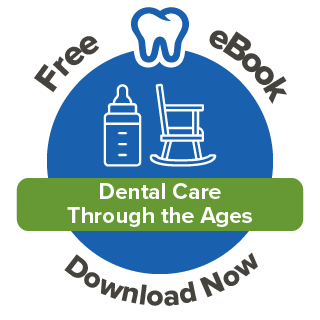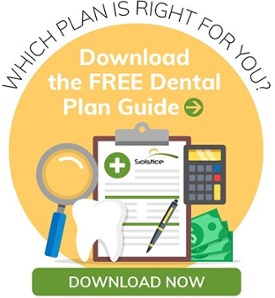By Astrid Graterol on Aug 23, 2021 @ 01:41 PM
Is your child ready for contact lenses? They may be at a certain age where glasses are “uncool”, or they’ve entered a contact sport that makes glasses difficult. In any case, making the decision to switch to contact lenses should be considered thoroughly. To help your child navigate contacts for the first time, here are a few things you need to know.
What age can children start wearing contact?
While there may be no minimum age for wearing contact lenses, it’s still important to consider whether contacts are appropriate. On average, many eye care professionals begin to encourage contact lens wear between the ages of 8 to 14. The biggest consideration is whether your child is ready to take responsibility for wearing contact lenses and taking care of them. If your child requires frequent reminders to do their everyday chores, they may not be ready for the responsibility of wearing and caring for contact lenses. But, children who dutifully handle their responsibilities may be great candidates for contact lenses.
Types of Contacts
Your child’s optometrist will probably give you the options between disposable lenses or planned replacement lenses. Disposable contact lenses are designed to be worn for a specific period of time, thrown out, and replaced with a fresh pair of lenses. Disposable lenses are usually prescribed in multi-packs, providing several weeks supply at a time. As such, they’re typically more expensive and less eco-friendly but require less care. Planned replacement lenses are prescribe lenses with a planned replacement schedule that could be every two weeks, monthly, or quarterly. These lenses require to be stored safely in their case over night and cleaned frequently to avoid irritation or infection. Discuss the pros and cons of these different types of lenses with your child’s optometrist to determine the best option.
Contact Lens Safety Tips
It’s important that your child knows the responsibility of having contact lenses and the risks if they are not taken care of properly. Contact lenses can easily pick up bacteria without proper hygiene and wearing contact lenses longer than prescribed can be very harmful. Here are safety tips directly from the U.S. Food & Drug Administration (FDA):
- Wash your hands before cleaning or inserting lenses. Carefully dry your hands with a clean, lint-free cloth.
- Rub, rinse, clean and disinfect your contact lenses as directed. Only use the products and solutions recommended by your eye care professional. Note that cleaning and rinsing (and the use of most care solutions) is eliminated if using daily disposable lenses.
- Never expose your contact lenses to any kind of water or saliva.
- Do not wear your lenses for longer than prescribed. Do not sleep in lenses unless they are prescribed to be used that way.
- Never wear someone else’s lenses.
- When playing sports, wear safety goggles or glasses over your lenses.
- In general, have a pair of back-up glasses handy.
- Never put a contact lens into an eye that is red.
- If your eye is itching, burning, irritated or red, remove your lenses and contact your eye care professional.
With all this information in mind, remember that the decision to switch from glasses to contact lenses does not need to be a permanent one. If your child does not adjust well or is not able to handle the responsibility of wearing and caring for their lenses, assure them that it is okay to wear glasses and they can try switching to contacts when they are older. To help you continue to make the best decisions for your child’s vision health as they age, check out our free Vision Care Through the Ages e-book!





comments